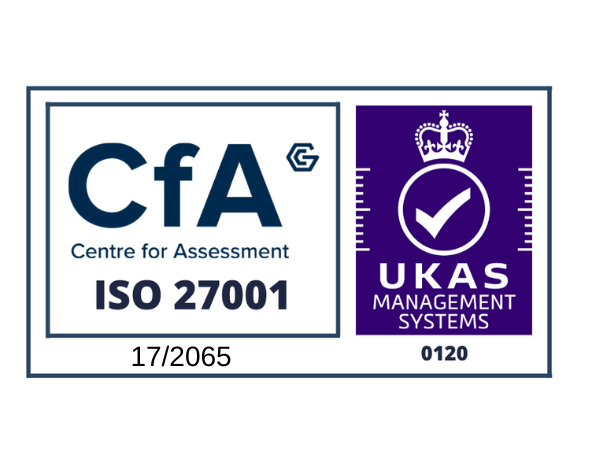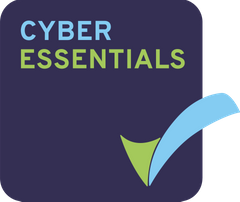By default, the address of your Projectfusion extranet is a projectfusion subdomain such as d785.Projectfusion.com. However, you can change the address to a subdomain of your own website, such as clients.mycompany.com. In Projectfusion, this feature is called host mapping.
Host mapping sets up 2 jobs that you must do annually to keep your projectfusion service running – maintaining a domain name and purchasing an SSL certificate. To save time, we recommend you purchase both elements on a 3 year contract.
For example, suppose your company is called Acme Biz and the URL of your main website is acmebiz.com. After signing up to Projectfusion, the initial address of your Projectfusion might be something like acmebiz.Projectfusion.com. You can change the address to a subdomain of your company’s website like clients.acmebiz.com
The workflow for changing the address consists of the following steps:
1. Get a domain name and a subdomain (if not already done)
2. Make the subdomain an alias of your website on Projectfusion
3. Purchase an SSL certificate and send to us
Tip: Because of potentially long lead times, consider your SSL options early in the process.
The host mapping feature is only supported on some plans – check your agreement.
Note: Projectfusion supports host mapping for subdomains such as the “support” subdomain in support.acmebiz.com. Projectfusion does not support host mapping for so-called “second level” domains, such as acmebiz.com or acmebiz.co.uk. In particular, you cannot use the name if it contains a DNS SOA (start of authority) record. To determine whether an SOA record exists, visithttp://www.zoneedit.com/lookup.html. In the “DNS Lookup” box, enter the name and select the SOA record type. You can also use a command-line tool such as “dig” on Linux.
GETTING A DOMAIN NAME AND A SUBDOMAIN
If not already done, you must register a domain name and add a Projectfusion related subdomain to it.
Note: Working with domain names and subdomains can be confusing because it’s something most of us rarely do. Consult your system administrator, if you have one, before proceeding.
1. Purchase and register a domain name with a domain registrar. You can purchase and register a domain name from any domain registrar, including GoDaddy, Yahoo! Domains, 1&1, Netregistry, or Register.com. For instructions, see the Help on the registrar’s website. For more information, see How to Register Your Own Domain Name by Christopher Heng on thesitewizard.com.
For example, if your company is called Amce Biz, you might register a domain name called acmebiz.com.
2. After registering a domain name, use the registrar’s tools to add a subdomain for your support website on Projectfusion.See the Help on the registrar’s website for instructions on adding a subdomain. You can call the subdomain “dealroom” or something similar. Example: dealroom.acmebiz.com.
MAKING THE SUBDOMAIN AN ALIAS OF YOUR SUPPORT WEBSITE ON Projectfusion
The next step is to make your subdomain an alias of your support website on Projectfusion. An alias is simply an alternate address for a website. For example, you can make the addresses “support.acmebiz.com” and “acmebiz.Projectfusion.com” interchangeable as far as web browsers are concerned.
Consult your system administrator, if you have one, before proceeding.
To make your subdomain an alias of your support website on Projectfusion:
1. Log in to your domain registrar’s control panel.Use the login name and password that you created when you registered the domain name.
2. Look for the option to change DNS records.The option might be called something like DNS Management, Name Server Management, or Advanced Settings.
3. Locate the CNAME records for your domain.A CNAME record, or Canonical Name record, is a type of alias used by the Domain Name System (DNS). Among other things, a CNAME record can be used to make a subdomain an alias of an external website. For more information, see CNAME records on the Networking4all website.
4. Do one of the following:
◦ If you don’t have a CNAME record for your subdomain yet, look for an option to add a new record.
◦ If you already have a CNAME record for your subdomain, look for an option to edit the record.
5. Point the CNAME record from your subdomain (shown in the Host Record field in the example below) to your Projectfusion subdomain (shown in the Points To field).
The UI and terminology may vary depending on your registrar, but the concepts are the same.
Note: It takes time for changes to the DNS system to be implemented. Typically, it can take anywhere from a few hours to a day, depending on your Time To Live (TTL) settings in the registrar’s control panel. In the example above, the TTL is 14,400 seconds, or 4 hours.
SETUP SSL
SSL (Secure Socket Layer) is an encryption protocol that ensures secure communications with your website. Projectfusion provides a free SSL certificate for all Projectfusion.com subdomains. However, if you use your own subdomain, our SSL certificate no longer applies. Your customers may experience certificate errors or be redirected to your default Projectfusion.com subdomain.
To address this you need to setup hosted SSL.
Because of the potentially long lead times for the hosted SSL option, consider your SSL options early in the process.
Use hosted SSL
The general setup workflow consists of you obtaining a SSL certificate from a certificate authority and then sending it to us to install on our servers. This section explains how.
1. Email [email protected] and request a CSR for your domain – specify the domain (like clients.acmebiz.com)
2. Provide the CSR file to a certificate authority such as Digicert.The certificate authority generates a SSL certificate and gives it to you so that it can be installed on our servers.
3. Send your SSL certificate by email to [email protected].
We’ll install the certificate on our servers. The installation process takes up to seven business days.
4. After the certificate is installed, we will email you and arrange a switchover date. At this time your new URL will become active.
CUSTOM DOMAIN LIMITATIONS
With your custom domain in place emails will still come from [email protected].
Help will still be available at projectfusion.com/help










